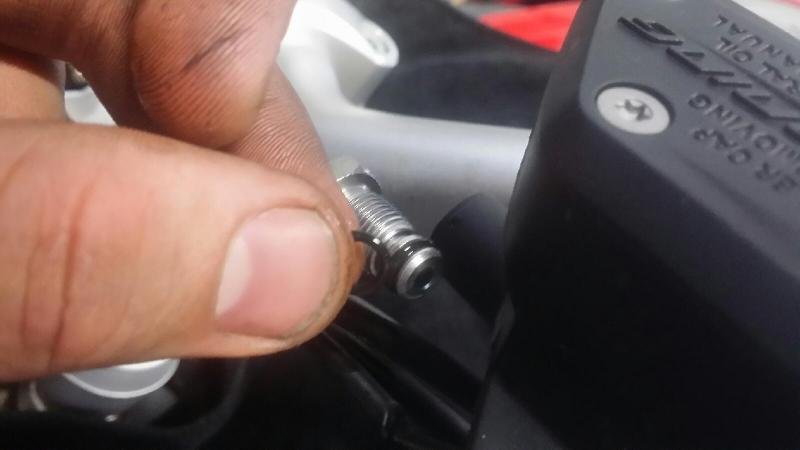I have a 2013 R1200GSW. For over a year I have noticed that when I slow to a stop, as I come to a near crawl with the clutch lever fully pulled in and the bike in 1st gear, the drive train will pulse a few times as if the clutch is lugging on the engine. The RPMs do not slow, the bike does not stall, but it clearly feels as if the clutch is not fully disengaged. I took it to a BMW dealer near my house (whose service manager is not as knowledgeable as I would like) and after driving it he did not feel the sensation. You can also reproduce the sensation if you are at a full stop, lightly let the clutch lever out until the friction zone engages, then pull the lever back in. This results in the same 2-3 pulses as if the flywheel is dragging against the clutch mechanism in some way.
I have JVB's DVD stating the mineral oil in the hydraulic clutch reservoir on these bikes frequently has been over-serviced and some mineral oil may need to be removed. Also I have read in MOA or BMW Rider magazine that the oil refill amount should be 3.8L and not 4L. Could too much mineral oil in the clutch reservoir or too much oil in the sump cause this sensation? Am I going to put excessive wear on my clutch plates? Why can't the moron at BMW feel the problem as I described it?
Anyone else noticed this with their clutch?
David
I have JVB's DVD stating the mineral oil in the hydraulic clutch reservoir on these bikes frequently has been over-serviced and some mineral oil may need to be removed. Also I have read in MOA or BMW Rider magazine that the oil refill amount should be 3.8L and not 4L. Could too much mineral oil in the clutch reservoir or too much oil in the sump cause this sensation? Am I going to put excessive wear on my clutch plates? Why can't the moron at BMW feel the problem as I described it?
Anyone else noticed this with their clutch?
David


